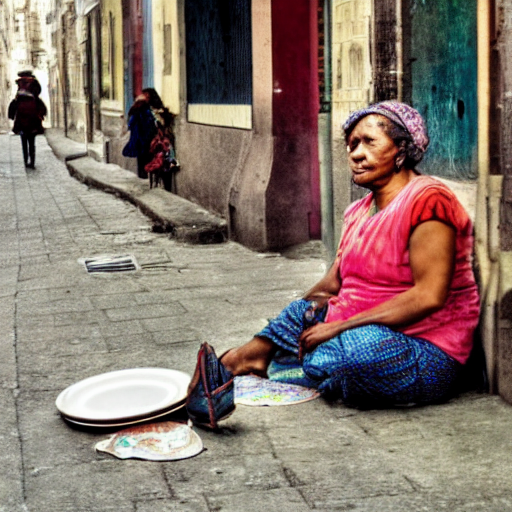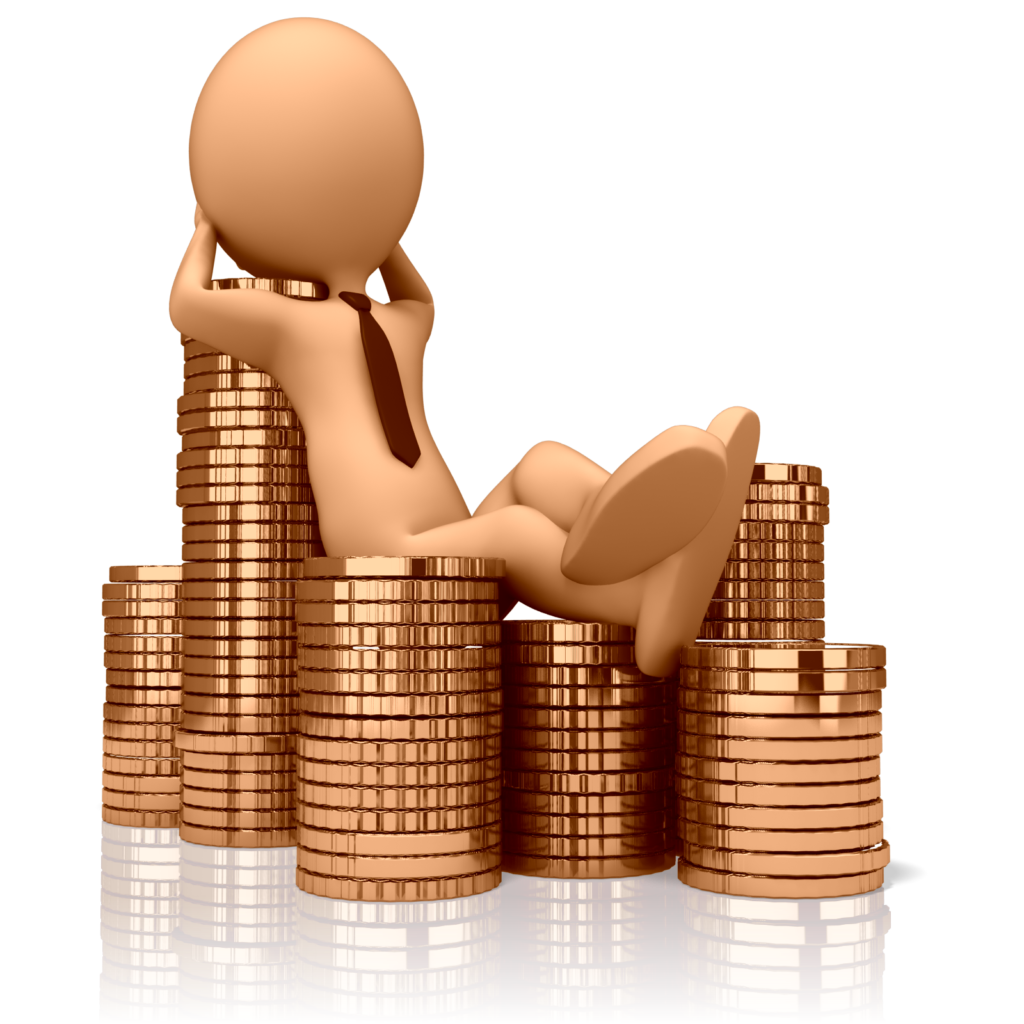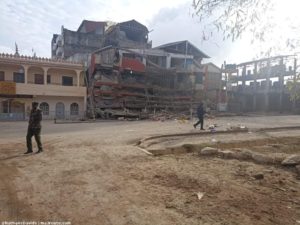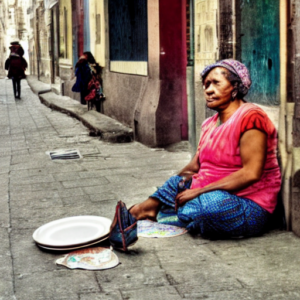Why Current Global Wealth Distribution is Unsustainable and Favours the Rich and Powerful

Wealth inequality is one of the most pressing issues of our time. The top 1% now own more than half of the world’s wealth, while the bottom 50% own less than 1%. This level of inequality is unsustainable and favours the rich and powerful at the expense of the poor and vulnerable.

The current global wealth distribution is the result of a number of factors, including economic globalisation, tax policy, and Inherited wealth. Economic globalisation has led to the rise of the global super-rich, who have been able to exploit the system to accumulate vast fortunes. Tax policy has also played a role, with the rich and powerful using their influence to lower taxes on wealth and income. Inherited wealth has also contributed to the current distribution of wealth, as the rich are able to pass down their wealth to their children.
The current global wealth distribution is unfair, and it is having a negative impact on people all over the world. It is time for action to address this issue. We need to find ways to redistribute wealth and create a more equal society.
Global wealth distribution is unsustainable
Wealth inequality has been on the rise in developed and developing countries alike over the past few decades. This trend is unsustainable and has a number of negative consequences for both individuals and society as a whole.
In developed countries, the richest 1% now own more than half of all the wealth. This means that the other 99% of the population must share the remaining 50% of the wealth. This is not only unfair, but it is also bad for the economy.
When the rich get richer and the poor get poorer, it creates a gap between the haves and the have-nots. This gap is not only unfair, but it is also bad for the economy. When the rich have more money than they know what to do with, they tend to save it instead of investing it in the economy. This savings glut results in less money being available for investment, which can lead to slower economic growth.
In addition, wealth inequality can lead to social unrest. When people feel that they are not getting their fair share of the pie, they may become angry and violent. This can lead to riots, crime, and other forms of civil unrest.
Wealth inequality is also bad for the environment. The rich tend to consume more resources than the poor, which puts a strain on the planet. In addition, the rich are more likely to own second homes and vacation properties, which requires more energy and resources to maintain. We need to find ways to help the poor and middle class catch up to the rich. Otherwise, we will continue to see a widening gap between the haves and the have-nots.
There are many reasons why the current global wealth distribution is unfair and favors the rich and powerful. First, the rich have more money to invest and thus can earn more money. Second, the rich have more access to resources and opportunities, while the poor have less. Third, the rich are able to pass their wealth on to their children, while the poor are not. This creates a vicious cycle of inequality that is difficult to break out of.
Global wealth distribution is unfair and unjust
In other words, the rich are getting richer, and the poor are getting poorer. This trend is not sustainable. It’s not just unfair, it’s dangerous. The world’s economy is becoming increasingly unequal. The gap between the haves and the have-nots is growing wider. And this gap is not just about money.
The rich have access to better education, healthcare, and opportunities. They can buy their way out of trouble. They have a safety net to fall back on. The poor, on the other hand, are being left behind. They’re struggling to get by. They’re being left out of the global economy. And they’re being left behind in the race to improve their lives. This is not just unfair, it’s dangerous. Inequality is a threat to social stability. It’s a recipe for unrest. And it’s a major obstacle to economic growth.
Kenya Trending News Agency




